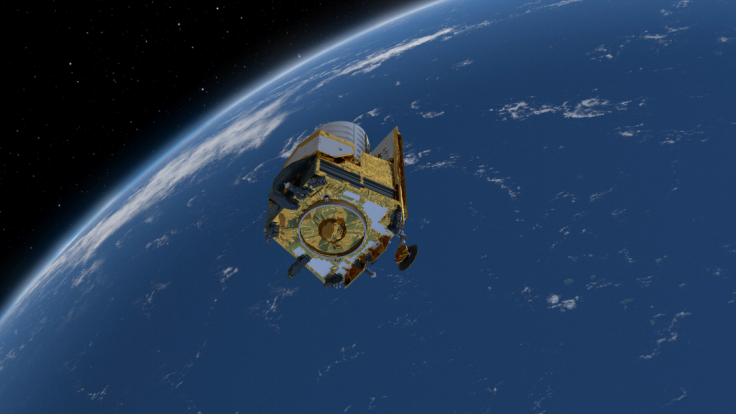Humanity will soon learn more about the dark Universe.
The European Space Agency (ESA) recently announced it would soon launch its Euclid Space Telescope into orbit, allowing astronomers and experts to study the composition and evolution of the dark Universe.
The ESA's space telescope will go up into orbit with SpaceX's assistance.
ESA Euclid Space Telescope Details

The ESA mentioned on an unrelated page that the Euclid Space Telescope (Euclid) is a space observatory optimized to determine the properties of dark energy and dark matter on universal scales, or the dark Universe, simply put.
It is the lovechild of two mission concepts proposed in response to the ESA Cosmic Vision 2015-2025 Call for Proposals, issued in March 2007: Dune, the Dark Universe Explorer, and Space, the Spectroscopic All Sky Cosmic Explorer.
It is approximately 4.7 m tall and 3.7 m in diameter and consists of two major components: the service module and the payload module. The latter module consists of a 1.2 m-diameter telescope and two scientific instruments: a visible-wavelength camera and a near-infrared camera/spectrometer (NISP). Meanwhile, the former module comprises the telescope's satellite systems, which are responsible for electric power generation and distribution, attitude control, and data processing electronics, among others.
Various space companies helped create the telescope's modules, including Thales Alenia Space, which served as the prime contractor for the satellite and its Service Module, and Airbus Defence and Space, which developed the Payload Module and its telescope.
NASA also helped create the telescope - it provided the near-infrared detectors of the NISP instrument.
The ESA designed Euclid to take images in optical and near-infrared light, which will eventually cover more than a third of the extragalactic sky outside the Milky Way and depict billions of cosmic targets as far as the distance where light takes 10 billion years to reach Earth.
Thanks to its hardware, Euclid's image quality will be at least four times sharper than what ground-based sky surveys achieved. The ESA will then use these images to create "the largest, most accurate 3D map of the Universe."
The ESA aims to explore how the Universe has expanded and how large-scale structure is distributed across time and space.
Aside from taking images in optical and near-infrared light, the telescope will also perform near-infrared spectroscopy of hundreds of millions of galaxies and stars over the same area it plans to take pictures of, allowing scientists to investigate the chemical and kinematical properties of many targets in detail.
ESA Euclid Space Telescope Launch Details
The ESA will have the telescope launch into orbit with the help of one of SpaceX's Falcon 9 rockets from Cape Canaveral at 11:11 local time/5:11 PM CEST on July 1 or July 2 if circumstances prevent the rocket from launching, per the ESA's announcement.
People insterested in watching the launch can tune into ESA Web TV directly or via the ESA Youtube livestream to follow the launch live. The broadcast will start at 4:30 PM, while the launch is scheduled for 5:11 PM.
By 5:53 PM, Euclid will separate from SpaceX's Falcon 9 and presumably begin transmitting a signal that the ESA should acquire by 5:57 PM.
Related Article : Ecuador Signs Artemis Accords, Becomes 26th Signatory









